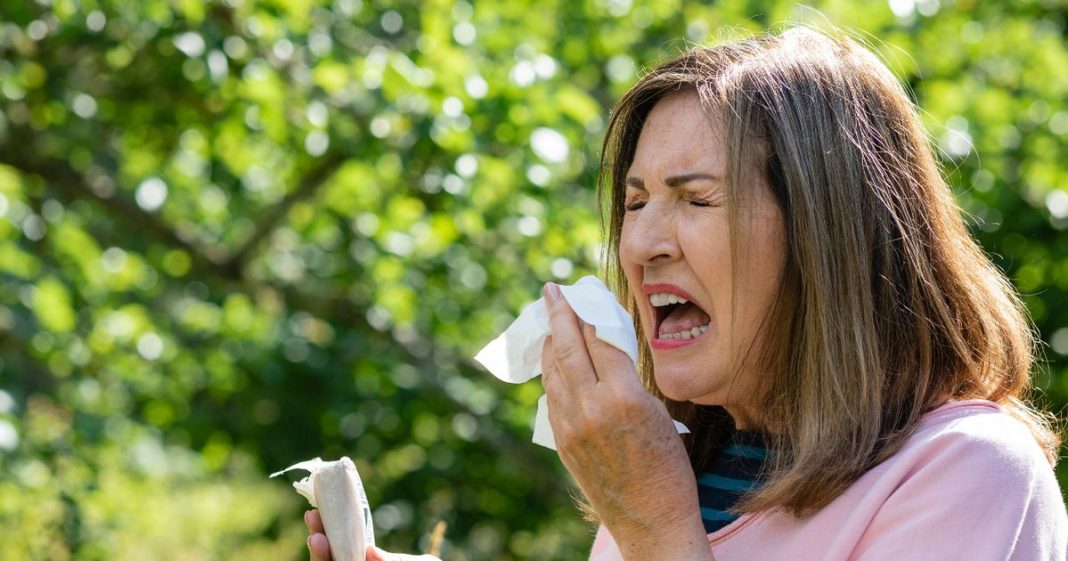To the delight of gardeners up and down the UK, spring is well and truly in the air, with the warm days ahead promising to bring with them many happy hours of digging.
But spare a thought for green-fingered sorts plagued by terrible hayfever, who wouldn’t dare fill their garden with pollen-rich plants for fear of feeling horribly uncomfortable and itchy all summer long.
Fortunately, there is still a way for such gardeners to grow gorgeous, enviable blooms in their flowerbed, without spending the next few months reaching for the Strepsils. They just need to plump for low-pollen options.
Thankfully, as detailed by one savvy expert, there are some absolutely exquisite options to choose from here. Seven in particular will leave your garden looking like a little slice of sneeze-free paradise.
Chris Bonnett from GardeningExpress.co.uk has advised: “Just because you suffer from hayfever, doesn’t mean that you can’t plant beautiful flowers in your garden.
“There are plenty of low-pollen plants you can add to your garden without having to worry about worsening your hayfever symptoms.
“Carnations and hydrangeas produce little pollen, whereas peonies and roses have heavy pollen that’s less likely to become airborne, making them great choices for those with allergies.
“By carefully choosing which flowers to plant, you can bring your garden to life while keeping the hayfever at bay.”
Romantic and fragrant, roses add a classical touch to a garden, and they’re also a real gift for hayfever sufferers. They don’t produce much pollen, and the little that they do produce is too heavy to become airborne. Breathe in, and enjoy.
Like roses, geraniums don’t produce much pollen. These pretty garden favourites rely more on insect pollination than wind, meaning any pollen is far less likely to become airborne.
As a bonus, they’re super easy to grow, and come in a variety of fabulous colours, so you can grow yourself a stunning floral rainbow.
Hydrangeas produce sticky and heavy pollen, which doesn’t easily disperse into the air. Various types of hydrangeas also bloom in summer, not spring, meaning they’re ideal for allergy sufferers who struggle during peak pollen level season.
The huge, fluffy blooms found on white peonies serve an additional purpose aside from looking lovely, trapping the majority of the already low levels of pollen within the dense layers of petals.
Although not all varieties of carnations rely on insects for pollination, many do, and insect-pollinated blooms usually have heavier pollen that’s unlikely to become airborne.
The tightly closed buds of snapdragons made it more difficult for pollen to disperse out into the air. These also make a great choice giving that they bloom for months, giving gardeners plenty of time to enjoy them.
Elegant camelias produce heavy, sticky pollen. Given that they also contain both male and female parts, the pollen doesn’t have to travel far, meaning there’s less chance of it becoming airborne.
Do you have a story to share? Email me at julia.banim@reachplc.com
At Reach and across our entities we and our partners use information collected through cookies and other identifiers from your device to improve experience on our site, analyse how it is used and to show personalised advertising. You can opt out of the sale or sharing of your data, at any time clicking the “Do Not Sell or Share my Data” button at the bottom of the webpage. Please note that your preferences are browser specific. Use of our website and any of our services represents your acceptance of the use of cookies and consent to the practices described in our Privacy Notice and Cookie Notice.

